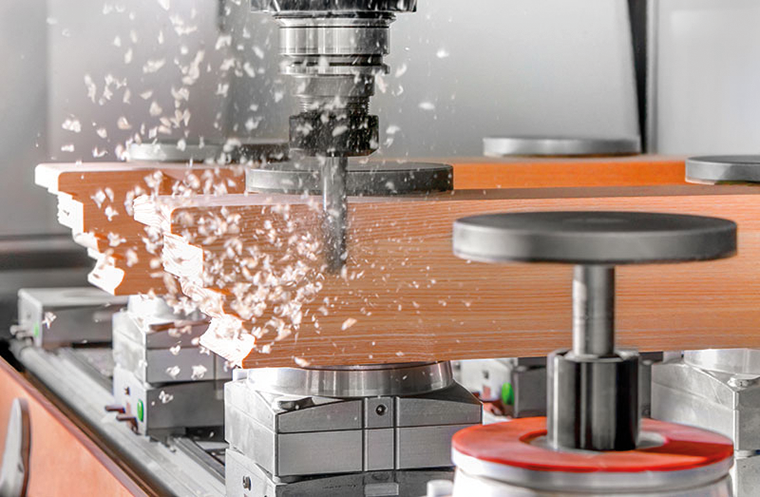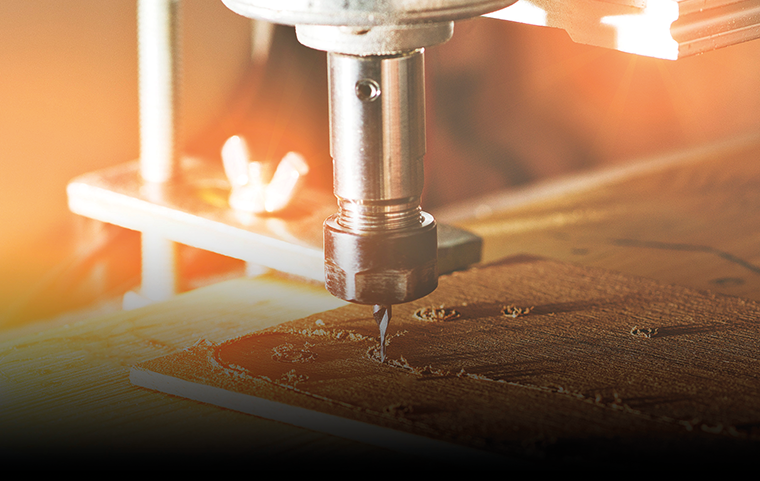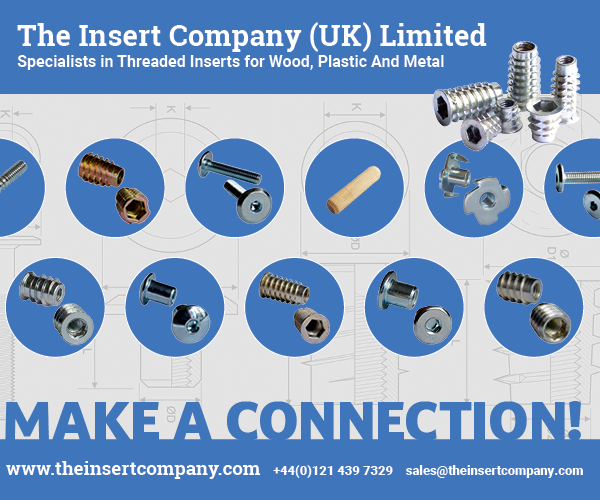While the end of the pandemic may not be fully in sight, there are signs the economy is taking its first tentative steps towards recovery, with the Bank of England suggesting it may even be quicker than forecast.
And as the recovery takes hold over the coming months, ensuring consistent cashflow takes on even more importance. There are ways and means of doing this, including using your physical business assets to prove their worth in ways you may not have thought possible.

For many years, during good times and bad, business owners have increasingly turned to asset finance to help them maintain cashflow.
But what is asset finance? In short, it’s an alternative form of funding used by businesses to obtain the equipment they need to grow or access much-needed cash. Asset finance makes the otherwise unaffordable affordable because it gives businesses access to the equipment they need without incurring the cash flow disadvantage of an outright purchase.
Agreements can also be customised to the business’s needs, with flexibility on both the term and repayment schedule.
There are various products that come under the broad umbrella of asset finance with one of the key ones being Refinancing or capital release, as it’s also known; it’s a proven way to make your assets work for you and release cash back into the business.

It’s pretty straightforward and works by the finance company purchasing the asset and financing it back to you, with repayments calculated in line with the income the asset is expected to generate; at the end of the refinance term, you own the asset.
Other common examples of asset finance products are:
Hire Purchase (HP) allows the customer to buy the equipment on credit. The finance company purchases the asset on behalf of the customer and owns the asset until the final instalment is paid, at which point the customer is given the option to buy it Finance lease: The full value of the equipment is repaid to the finance company, plus interest, over the lease period. At the end of the term, the company can choose to:– continue to use the asset by entering a secondary rental period
– sell the asset and keep a portion of the income from the sale
– return it Operating lease: similar to a Finance Lease, an Operating Lease allows you to rent the asset from us while you need it. The key difference between the two is that an Operating Lease is only for part of the asset’s useful life. This means you pay a reduced rental because the cost is based on the difference between the asset’s original purchase price and its residual value at the end of the agreement.
Why Close Brothers Asset Finance?
We are the largest, most successful and longest-established asset finance funder in the UK with over 30 years’ experience working with SMEs through all economic cycles – the fact is, there’s very little we haven’t seen or experienced, although the current crisis is proving to be the exception to the rule.
That said, our approach to helping new and existing customers remains unchanged. Our team of manufacturing finance specialists – many of who have a manufacturing background themselves – understand how vital it is that you have what you need to both survive and thrive.









